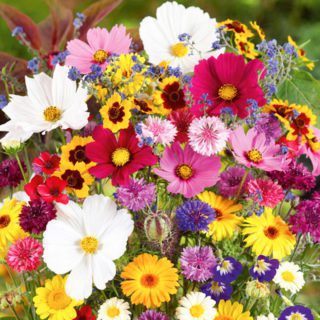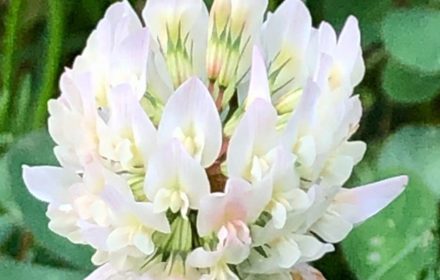How to Sow Pastel Mixed Nigella Love-in-a-Mist Seeds in the UK
Known for its ethereal, feathery foliage and charming flowers, Nigella is an excellent choice for cottage gardens, wildflower meadows, or container growing. These plants not only add visual beauty but also attract pollinators like bees and butterflies, contributing to a thriving garden ecosystem. Follow this guide for successful sowing and care of your Pastel Mixed Nigella seeds.
When to Sow Pastel Mixed Nigella Seeds
- Outdoor Sowing: Sow seeds directly into the garden from March to May, or in September for earlier flowering the following year. Nigella prefers being sown directly into the soil rather than being transplanted.
- Pot Sowing: Starting in pots is a great way to grow Nigella throughout the year. Sow seeds indoors during colder months, once warmth returns, gradually acclimatize the plants to outdoor conditions.
Preparing the Soil and Location
- Best Soil Type: Nigella thrives in well-drained, moderately fertile soil. While it can tolerate poorer soils, enriching the soil with compost will encourage healthier plants and longer-lasting blooms.
- Sunlight Requirements: This flower loves full sun. Select a bright, sunny spot in your garden to ensure vigorous growth and plentiful flowers.
Step-by-Step Sowing Instructions
- Soil Preparation: Loosen the soil with a rake and remove any weeds or large debris. For best results, lightly fork in organic matter, such as garden compost.
- Sowing Depth: Scatter seeds thinly over the prepared soil. Lightly rake the surface or cover the seeds with a very fine layer of soil (no more than 3mm deep).
- Spacing: After seedlings emerge, thin them out to about 15-20 cm apart. This allows each plant to have enough space to grow and develop properly.
- Watering: Water thoroughly after sowing and keep the soil moist during the germination period. Avoid overwatering, as Nigella prefers a drier soil once established.
- Germination: Seeds will typically germinate within 14-21 days, depending on soil temperature and weather conditions. Optimal germination occurs at temperatures between 12-18°C.
Caring for Your Pastel Mixed Nigella Plants in the UK
- Watering: After germination, Nigella is fairly drought-tolerant. Water only when the soil begins to dry out, ensuring not to overwater.
- Feeding: Nigella doesn’t require much feeding. In poor soils, a light application of a balanced fertilizer can support better growth, but avoid over-fertilizing as this can lead to excess foliage and fewer flowers.
- Deadheading: For continuous blooming, remove spent flowers regularly. Alternatively, allow the seed pods to develop for a unique decorative element or collect seeds for future sowing.
Common Questions About Growing Nigella in the UK
- Can I grow Nigella indoors?
Nigella is best suited for outdoor growing. If you want to start them early indoors, sow in pots in a cool, bright spot and transplant them outdoors once they’ve grown sturdy enough and the weather warms up. - Do Nigella flowers come back every year?
While Love in a Mist is an annual, it self-seeds easily. If you allow the seed pods to drop naturally, new plants will likely appear the following year, giving your garden continuous blooms. - What’s the best way to use Nigella in floral arrangements?
Nigella flowers are excellent for fresh bouquets. The seed pods are also prized for dried arrangements, adding unique texture and interest. - Can Nigella be grown in containers?
Yes, Love in a Mist grows well in containers as long as they are placed in a sunny location and the soil is kept well-drained. Ensure that the container is deep enough to accommodate the root system. - Why are my Nigella plants not flowering?
This could be due to too much shade or excessive fertilizer, leading to more leaves but fewer flowers. Ensure your plants receive plenty of sunlight and avoid overfeeding them.
By following these steps, you’ll soon enjoy a beautiful display of Pastel Mixed Nigella Love-in-a-Mist, adding an elegant touch of pastel colours to your garden.
Frequently Bought Together
-
Welldales Garden Wonderland Mix
£3.79 – £5.79Price range: £3.79 through £5.79



















